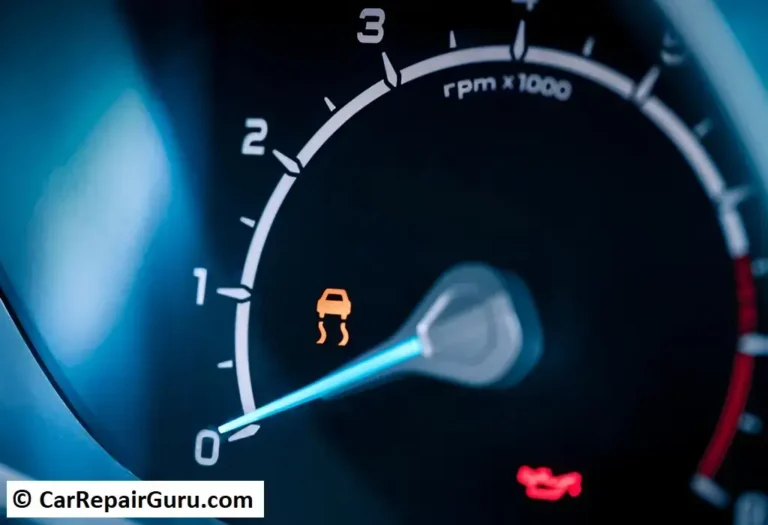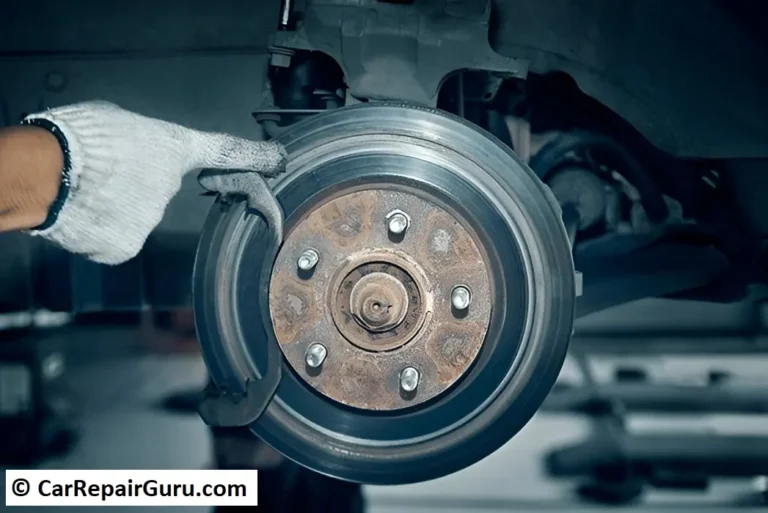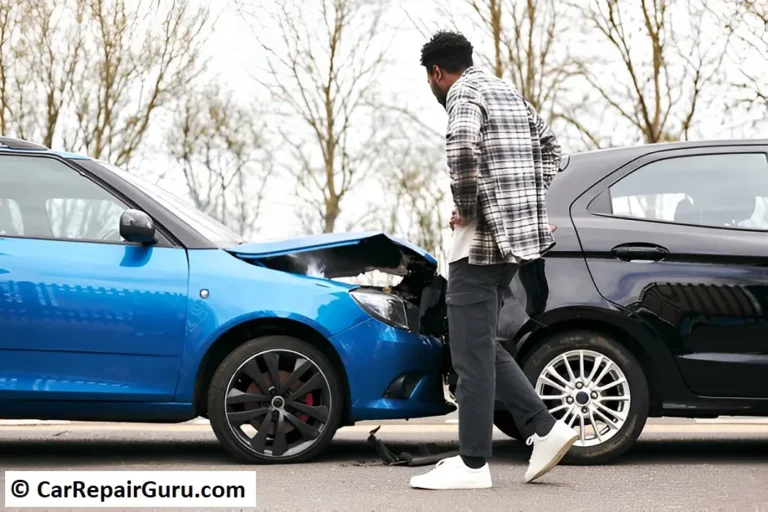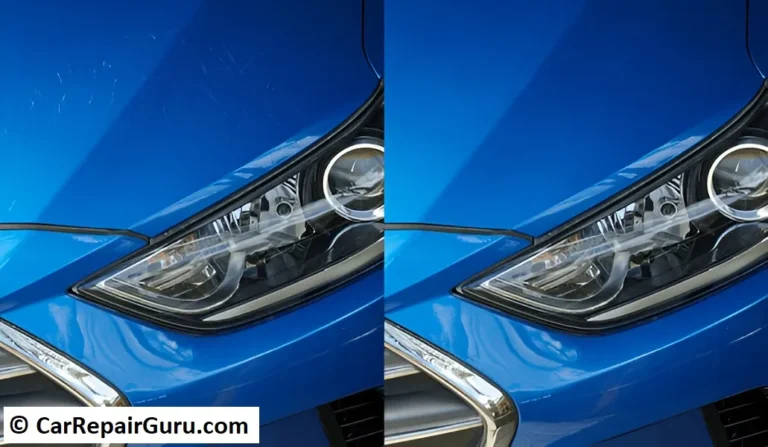
Driving is an exciting milestone, but for beginners, it can also be a bit intimidating. Safety should always be the top priority when you’re behind the wheel. Mastering the basics of driving safety not only protects you but also ensures the well-being of everyone on the road.
In this guide, we’ll explore essential driving safety tips for beginners. From understanding road rules to learning defensive driving techniques, you’ll gain valuable insights to help you navigate the roads confidently and responsibly. You’ll also learn how to maintain your vehicle, avoid distractions, and handle challenging conditions like bad weather.
Whether you’re just starting out or brushing up on the essentials, these practical tips will set you on the path to becoming a safer, smarter driver. Buckle up, and let’s hit the road toward safe driving habits that last a lifetime!
Understanding the Basics of Safe Driving
When you’re just starting out as a driver, mastering the basics is key to ensuring safety for yourself and others on the road. Let’s dive into foundational driving safety tips for beginners that set the stage for responsible driving habits.
Always wear your seatbelt. It’s one of the simplest yet most effective ways to protect yourself in case of an accident. A seatbelt reduces the risk of serious injury by keeping you securely in place.
Follow speed limits. These are set for a reason—to keep traffic flowing safely. Driving too fast reduces your ability to react to sudden changes, while driving too slow can disrupt the flow of traffic.
Respect traffic rules. Whether it’s stopping at red lights, yielding at intersections, or using your turn signals, these rules exist to keep everyone on the road safe.
As a beginner, focus on maintaining proper lane discipline. Always stay within your lane, and avoid unnecessary lane changes. When turning or merging, signal in advance and check your blind spots.
Another important habit is checking your mirrors regularly. This ensures you’re aware of the vehicles and pedestrians around you, helping you anticipate potential hazards before they escalate.
By mastering these basic skills, you’ll build confidence and reduce risks every time you hit the road.
Defensive Driving Techniques

Defensive driving is not just a skill—it’s a mindset. For beginners, adopting defensive driving techniques is essential to stay safe on the road. It’s about being proactive rather than reactive, anticipating potential hazards, and making decisions that minimize risks.
One key defensive driving tip is maintaining a safe following distance. The “three-second rule” is a great guideline: choose a stationary object ahead, and ensure there’s at least three seconds between when the vehicle in front of you passes it and when you do. This gives you ample time to react to sudden stops or changes in traffic.
Staying alert is another cornerstone of defensive driving. Avoid distractions like texting, eating, or fiddling with controls. Keep your focus on the road, surrounding vehicles, and pedestrians. Scanning your mirrors and checking blind spots regularly helps you stay aware of potential issues.
Anticipating road hazards is also crucial. This means predicting what other drivers, cyclists, or pedestrians might do next. For example, if you notice a car swerving or braking erratically, prepare to slow down or change lanes to avoid a collision.
Finally, always have an escape plan. Consider what you would do if another driver suddenly stopped or veered into your path. Knowing your options in advance can save precious seconds in an emergency.
By practicing these defensive driving techniques, you’ll not only protect yourself but also contribute to a safer driving environment for everyone on the road.
Avoiding Distractions While Driving
Distractions while driving are one of the leading causes of accidents, making it crucial for new drivers to understand and avoid them. Even a split second of lost focus can lead to life-altering consequences.
One of the most common distractions is using mobile phones. Whether texting, calling, or checking notifications, taking your eyes off the road—even briefly—can be dangerous. Always keep your phone on silent or use a “do not disturb” mode while driving. If you need to make a call, pull over safely before doing so.
Eating and drinking behind the wheel may seem harmless, but it can take one hand off the wheel and shift your focus away from driving. Similarly, excessive conversations or loud music can reduce your ability to concentrate, especially for beginners still mastering road awareness.
To stay focused, try these strategies:
- Prepare before driving. Finish your meals, adjust your mirrors, and set your GPS in advance.
- Minimize in-car distractions. Keep music volume low and limit non-essential conversations.
- Adopt a mindfulness approach. Concentrate on the act of driving, observing your surroundings, and staying mentally present.
By eliminating distractions and prioritizing focus, you can make better decisions and significantly enhance your safety on the road. Remember, your attention is your best defense against accidents.
Vehicle Maintenance Checklist for Beginners

Regular vehicle maintenance is a crucial part of safe driving, especially for beginners. A well-maintained car is not only more reliable but also reduces the risk of breakdowns or accidents caused by mechanical failures.
Here’s a simple checklist to ensure your vehicle stays in top condition:
- Check the brakes. Listen for unusual noises like squealing or grinding, and ensure the brake pedal feels firm. Worn brakes can be a significant safety hazard.
- Inspect tire condition. Look for adequate tread depth and check for any cracks, bulges, or punctures. Use a pressure gauge to maintain the recommended tire pressure for better handling and fuel efficiency.
- Monitor oil levels. Engine oil lubricates vital components, preventing wear and tear. Check the dipstick monthly and top up if necessary. Schedule regular oil changes based on your car’s manual.
- Test headlights and signals. Ensure all lights are working properly, including headlights, brake lights, and turn signals, to maintain visibility and communicate with other drivers.
- Inspect windshield wipers. Worn-out wipers reduce visibility during rain. Replace them if they leave streaks or make noise.
- Check coolant and other fluids. Make sure coolant, transmission fluid, and power steering fluid are at optimal levels to avoid overheating and other issues.
By following this checklist regularly, you can avoid costly repairs and stay safe on the road. A well-maintained car is the first step toward confident and secure driving.
Driving Safely in Bad Weather
Bad weather can turn a routine drive into a challenging and potentially dangerous experience. For beginners, understanding how to adapt your driving to adverse conditions like rain, snow, or fog is essential for safety.
Driving in Rain: Wet roads reduce traction and increase stopping distances. Always turn on your headlights to improve visibility and ensure you’re visible to other drivers. Slow down and avoid sudden braking or sharp turns to prevent skidding. If your car begins to hydroplane, ease off the accelerator and steer straight until you regain control.
Driving in Snow: Snow and ice demand extra caution. Reduce your speed significantly and maintain a greater following distance than usual. Use gentle, gradual movements when braking or accelerating to avoid losing traction. Equip your car with winter tires if you frequently drive in snowy conditions.
Driving in Fog: Fog drastically reduces visibility, making it crucial to use low-beam headlights or fog lights. Avoid using high beams, as they can reflect off the fog and impair your vision further. Keep your speed low and follow the road markings to stay oriented.
General tips for all conditions include keeping your windshield clear, using your defroster to prevent fogging inside the car, and staying alert for hazards like fallen branches or stalled vehicles.
Adjusting your speed and staying cautious in bad weather can save lives. When conditions worsen, it’s always better to delay your trip or find a safe place to stop if driving feels unsafe. Safety always comes first.
Managing Fatigue While Driving

Driving while fatigued is a serious risk that can impair your judgment, slow reaction times, and increase the likelihood of accidents. Drowsy driving contributes to thousands of crashes annually, making it just as dangerous as driving under the influence.
Recognizing the signs of fatigue is the first step in preventing it. Common indicators include frequent yawning, difficulty keeping your eyes open, drifting out of your lane, or missing road signs and turns. If you notice any of these, it’s time to act.
Tips to combat fatigue while driving:
- Take regular breaks. For every two hours of driving, stop for at least 15 minutes. Use this time to stretch, walk around, or grab a quick snack.
- Stay hydrated. Dehydration can make you feel sluggish, so drink water throughout your journey. Avoid excessive caffeine, which can lead to crashes in energy levels later.
- Plan your trips wisely. Drive during hours when you’re most alert, typically in the morning or early afternoon. Avoid driving late at night if possible.
- Get enough rest. Ensure you’ve had at least 7-8 hours of sleep before starting a long trip.
- Consider sharing driving duties. If traveling with someone, take turns driving to reduce strain.
By staying proactive and addressing fatigue early, you’ll protect yourself and others on the road, ensuring every journey is as safe as possible.
Avoiding Alcohol and Drug-Related Driving Risks
For beginners, one of the most important rules to remember is to never drive under the influence of alcohol or drugs. Impaired driving significantly increases the risk of accidents and endangers not just your life but also the lives of others on the road.
The dangers are clear. Alcohol slows reaction times, impairs judgment, and reduces coordination—all critical skills for safe driving. Drugs, whether prescription, over-the-counter, or illegal, can similarly affect your ability to operate a vehicle safely. According to global statistics, alcohol-related crashes account for nearly 30% of all traffic fatalities, claiming thousands of lives each year.
Driving under the influence also carries severe legal consequences, including fines, license suspension, or even imprisonment. For beginners, a DUI conviction can end your driving journey before it begins.
To stay safe, consider these alternatives:
- Designate a sober driver. Arrange for someone in your group to remain alcohol-free.
- Use rideshare services. Apps like Uber or Lyft provide convenient and safe transportation options.
- Plan ahead. If you’re drinking, ensure you have a reliable way to get home without driving.
Driving sober is non-negotiable. By making responsible choices, you not only uphold the law but also protect lives—including your own.
Conclusion
Driving safely is a skill that requires consistent practice, vigilance, and a commitment to protecting yourself and others on the road. By mastering the basics, such as wearing seatbelts, following speed limits, and respecting traffic rules, beginners can build a strong foundation for safe driving.
Incorporating defensive driving techniques, like maintaining a safe distance and staying alert to potential hazards, further enhances your ability to navigate challenging situations. Coupled with regular vehicle maintenance and understanding how to handle adverse conditions, you’ll be prepared for any journey.
Avoiding distractions, managing fatigue, and steering clear of alcohol or drug-related risks are equally essential in ensuring road safety. Remember, responsible driving is a lifelong practice that evolves as you gain experience.
By staying proactive and prioritizing safety at all times, you’ll develop the confidence and skills needed for a secure and enjoyable driving experience. Safe driving starts with you!
driving safety tips for beginners FAQ
Q1: What are the top driving safety tips for beginners?
A: Always wear your seatbelt, follow traffic rules, maintain a safe speed, and avoid distractions like using your phone while driving.
Q2: How can new drivers improve their defensive driving skills?
A: Keep a safe following distance, stay alert for potential hazards, anticipate other drivers’ actions, and avoid aggressive driving.
Q3: What vehicle maintenance tasks should beginners prioritize?
A: Check tire pressure, brakes, oil levels, and lights regularly. Keeping your car well-maintained improves safety and prevents breakdowns.
Q4: How do I stay safe when driving in bad weather?
A: Reduce speed, use headlights properly, increase following distance, and avoid sudden braking. If visibility is too low, consider pulling over safely.
Q5: How can beginners avoid fatigue while driving?
A: Take breaks every two hours, avoid driving late at night, stay hydrated, and recognize signs of drowsiness like frequent yawning or losing focus.






